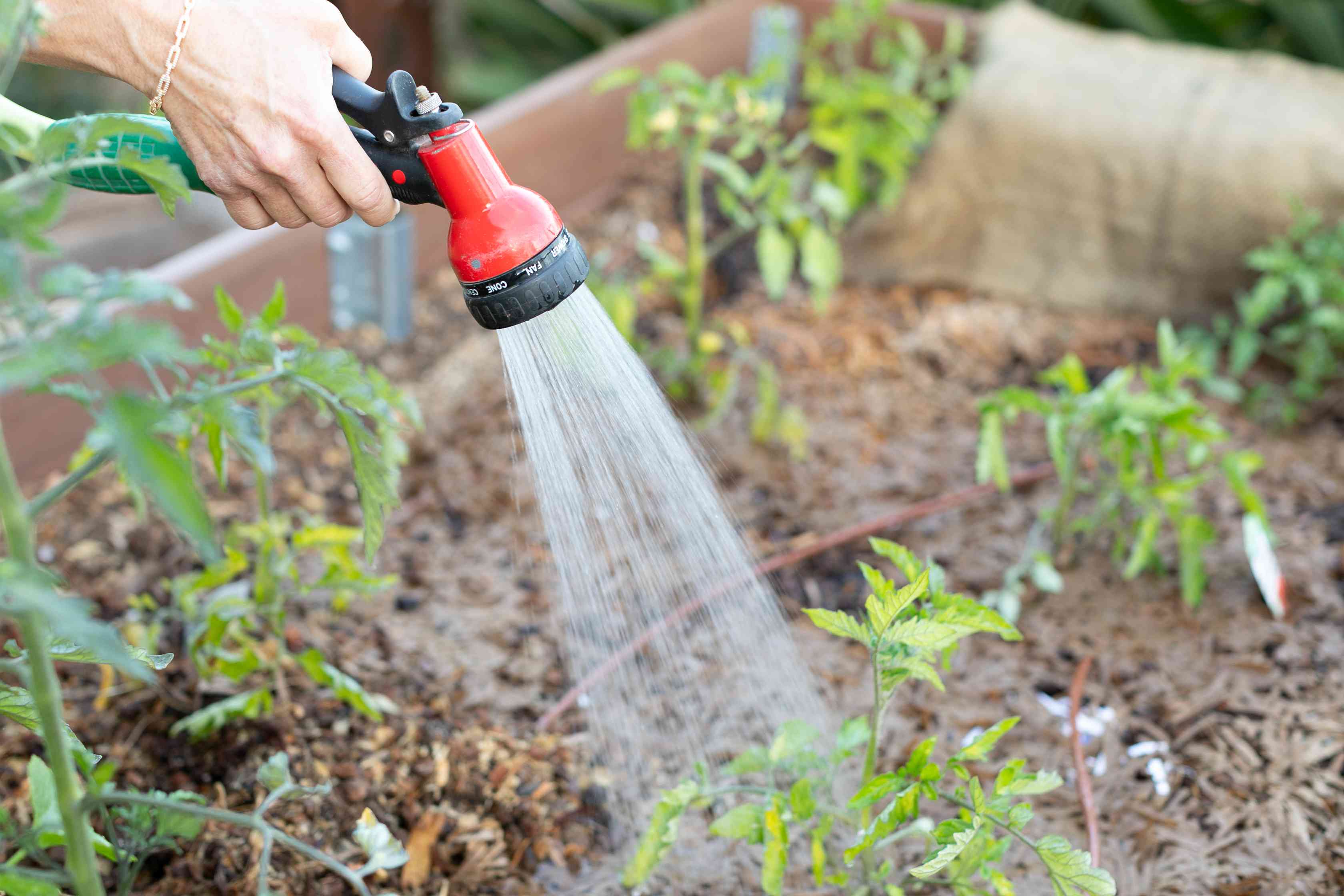

Articles
When Is Best Time To Water Garden
Modified: December 6, 2023
Discover the best time to water your garden for optimal gardening success. Find out the essential watering tips and techniques to maintain a thriving garden.
(Many of the links in this article redirect to a specific reviewed product. Your purchase of these products through affiliate links helps to generate commission for Storables.com, at no extra cost. Learn more)
Introduction
Watering is a vital aspect of gardening that directly impacts the health and success of your plants. Proper watering not only promotes growth and development but also helps prevent diseases and stress. However, knowing the best time to water your garden can be a bit tricky, as it depends on various factors.
In this article, we will explore the factors to consider when determining the optimal time to water your garden, along with the frequency and techniques for effective watering. By understanding these key aspects, you can ensure that your plants receive the right amount of water at the right time, leading to a thriving and picturesque garden.
Key Takeaways:
- Watering your garden in the morning allows plants to absorb moisture before evaporation rates increase, promoting healthy root growth and reducing the risk of diseases. It’s the optimal time for effective and efficient watering.
- If morning watering isn’t feasible, evening watering can still be effective, especially during hot summer months. Use proper techniques, adjust watering frequency based on plant needs, and consider factors like weather and soil type for a thriving garden.
Factors to Consider
When it comes to watering your garden, several factors come into play. Understanding these factors will help you make an informed decision about the best time to water your plants. Let’s take a look at the key factors:
- Weather Conditions: The weather plays a significant role in determining when to water your garden. Hot and dry weather conditions can cause the soil to dry out quickly, requiring more frequent watering. On the other hand, cooler and humid weather may allow for less frequent watering.
- Soil Type and Drainage: Different soil types have varying water-holding capacities and drainage rates. Sandy soil tends to drain quickly, while clay soil retains water for longer periods. Understanding your soil type will help you adjust your watering schedule accordingly.
- Plant Variety: Different plants have different water needs. Leafy vegetables, for example, require more water compared to succulents. Consider the specific water requirements of each plant in your garden and tailor your watering routine accordingly.
- Stage of Growth: The growth stage of your plants will also influence their water needs. Newly planted seeds or seedlings require more frequent watering to establish strong root systems. Mature plants, on the other hand, may require less frequent watering but deeper soaking.
- Time of Year: Seasonal variations also affect the watering needs of your garden. During the hot summer months, plants may require more water to cope with increased evaporation rates. In contrast, cooler spring and fall seasons may warrant less watering.
- Microclimate: Consider the microclimate of your garden, which refers to the unique environmental conditions in a specific area. Factors such as sun exposure, shade, and wind can influence the moisture levels in your garden and impact the timing and frequency of watering.
Taking these factors into account will help you create a customized watering schedule that suits the individual needs of your plants and ensures their overall health and vitality.
Morning Watering
One of the best times to water your garden is in the morning. Early morning watering has several advantages and is widely recommended by gardeners and experts. Here’s why:
- Avoiding Evaporation: Watering in the morning allows plants to absorb moisture before the sun gets too hot. It gives the plants ample time to take in the water they need before evaporation rates increase later in the day.
- Disease Prevention: By watering in the morning, you give your plants time to dry off during the day. Moist foliage, especially overnight, can create a favorable environment for diseases and fungal growth. Morning watering reduces the risk of diseases like powdery mildew and leaf spot.
- Healthy Root Growth: Watering in the morning allows the roots to uptake moisture and nutrients during the day when they are most active. This promotes healthy root growth and overall plant development.
- Less Wind and Heat Stress: The morning hours are typically calmer with reduced wind, which allows for targeted watering. Additionally, the cooler temperatures help prevent heat stress on the plants.
When watering your garden in the morning, it’s important to water deeply but avoid overwatering. Ensure that the water reaches the root zone, as shallow watering promotes shallow root growth and makes the plants more vulnerable to drought.
Remember, mornings may not always be convenient for everyone due to work or other commitments. If morning watering is not possible, don’t worry. There is an alternative option that can also be effective.
Evening Watering
While morning watering is generally recommended, evening watering can be a suitable alternative if you’re unable to water in the morning. Here are some key points to consider when watering your garden in the evening:
- Giving Plants Time to Absorb: By watering in the evening, plants have the opportunity to absorb moisture overnight. This can be especially beneficial during hot summer months when daytime temperatures are scorching.
- Reduced Evaporation: Evening watering takes advantage of cooler temperatures and reduced evaporation rates. This allows the water to penetrate the soil deeply, reaching the plant’s root zone without excessive loss due to evaporation.
- Helping with Plant Recovery: If your plants show signs of heat stress or wilting during the day, evening watering can provide them with relief and aid in their recovery.
- Conserving Water: Watering in the evening allows you to conserve water since there is less chance of water evaporating quickly under the hot sun.
- Preventing Fungal Diseases: While evening watering can pose a slightly higher risk of fungal diseases compared to morning watering, you can mitigate this by avoiding overhead watering. Instead, focus on watering the base of the plants, directly onto the soil.
Keep in mind that when watering in the evening, moderation is key. Ensure that you water deeply but avoid excessive watering, as it can lead to waterlogging and root rot. Allow the plants’ foliage to dry before nightfall to minimize the risk of fungal diseases.
Ultimately, watering your garden in the evening can still be effective, especially if you are unable to water in the morning. Just be mindful of the specific needs of your plants and adjust your watering routine accordingly.
Water your garden in the early morning or late afternoon to minimize evaporation and ensure the plants have enough moisture for the day. Avoid watering during the hottest part of the day to prevent scorching the plants.
Watering Frequency
The frequency of watering your garden depends on various factors such as weather conditions, soil type, plant variety, and stage of growth. It’s important to strike a balance between providing enough water for your plants’ needs and avoiding overwatering. Here are some guidelines to help you determine the appropriate watering frequency:
- Observe the Soil: Check the soil regularly to gauge its moisture level. Stick your finger about an inch into the soil. If it feels dry, it’s time to water. If it’s still damp, hold off on watering and check again in a day or two.
- Consider the Weather: Hot and dry weather typically requires more frequent watering, as the soil tends to dry out faster. Conversely, cooler and humid weather may allow for less frequent watering.
- Adjust for Plant Needs: Different plants have different water requirements. Research the specific needs of each plant in your garden and tailor your watering schedule accordingly. Leafy vegetables and annuals generally require more water than perennials or drought-tolerant plants.
- Water deeply, but less often: It’s better to water deeply and thoroughly, allowing the water to penetrate the root zone, rather than frequent shallow watering. This promotes deeper root growth and makes the plants more resilient to drought.
- Consider the Stage of Growth: Newly planted seeds or seedlings require more frequent watering to help establish their root systems. As plants mature, their water needs may decrease, but they will still require deep watering to support their growth.
Remember that these are general guidelines and may need to be adjusted based on the specific conditions of your garden. Regular monitoring and observation of your plants will help you fine-tune the watering frequency to meet their individual needs.
It’s also worth mentioning that using efficient irrigation techniques and tools such as drip irrigation or soaker hoses can help optimize water usage and reduce water wastage.
Watering Techniques
Proper watering techniques are essential for maintaining a healthy garden and conserving water. The way you water your plants can greatly impact their growth and overall vitality. Here are some effective watering techniques to consider:
- Target the Root Zone: When watering, focus on delivering water directly to the plants’ root zones. This ensures that the water reaches the areas where it’s most needed and prevents wastage.
- Use a Soaker Hose or Drip Irrigation: Soaker hoses and drip irrigation systems are efficient methods of watering that deliver water slowly and directly to the soil. These systems reduce water evaporation and ensure that the water is efficiently used by the plants.
- Avoid Overhead Watering: Overhead watering, such as using sprinklers, can lead to water loss due to evaporation and can increase the risk of fungal diseases. Whenever possible, opt for ground-level watering near the base of the plants.
- Mulch Your Garden: Applying a layer of organic mulch around your plants helps retain moisture in the soil by reducing evaporation. It also helps regulate soil temperature and suppresses weed growth.
- Water in the Morning: As discussed earlier, watering in the morning is generally preferred as it allows the plants to absorb water before the sun gets too hot. This helps prevent water loss due to evaporation and promotes healthier plants.
- Water Deeply: When you do water, ensure that you water deeply so that the moisture reaches the plant’s root zone. Shallow watering can lead to shallow root growth and make plants more susceptible to drought.
- Consider Rainwater Harvesting: If feasible, consider installing a rain barrel to collect and store rainwater. Rainwater is naturally soft and free of chemicals, making it an excellent choice for watering your plants.
By implementing these watering techniques, you can provide your plants with the right amount of water while conserving this valuable resource. Remember to adjust your watering routine based on the specific needs of your plants and the conditions of your garden.
Conclusion
Watering your garden is a fundamental task that directly impacts the health and success of your plants. By understanding the factors to consider, you can determine the best time to water your garden and establish a watering routine that promotes optimal plant growth and vitality.
Factors such as weather conditions, soil type, plant variety, and stage of growth all play a role in determining the frequency and timing of watering. Monitoring the moisture levels of the soil, observing the needs of your plants, and adjusting your watering schedule accordingly will ensure that your plants receive the right amount of water.
Morning watering is generally recommended, as it allows the plants to absorb moisture before the sun gets too hot and reduces the risk of fungal diseases. However, if morning watering is not feasible, evening watering can be an effective alternative, as it takes advantage of cooler temperatures and reduces water evaporation.
When watering, it’s important to use proper techniques such as targeting the root zone, avoiding overhead watering, and watering deeply. Implementing efficient irrigation systems, mulching, and considering rainwater harvesting can further enhance your watering practices and conserve water.
Remember, each garden is unique, so pay attention to the specific needs of your plants, adjust your watering routine accordingly, and remain flexible based on weather changes and seasonal variations.
By mastering the art of watering, you can create a thriving and beautiful garden that will be the envy of your neighborhood. So, grab your watering can or hose and let your plants flourish with the right amount of water at the right time!
Frequently Asked Questions about When Is Best Time To Water Garden
Was this page helpful?
At Storables.com, we guarantee accurate and reliable information. Our content, validated by Expert Board Contributors, is crafted following stringent Editorial Policies. We're committed to providing you with well-researched, expert-backed insights for all your informational needs.
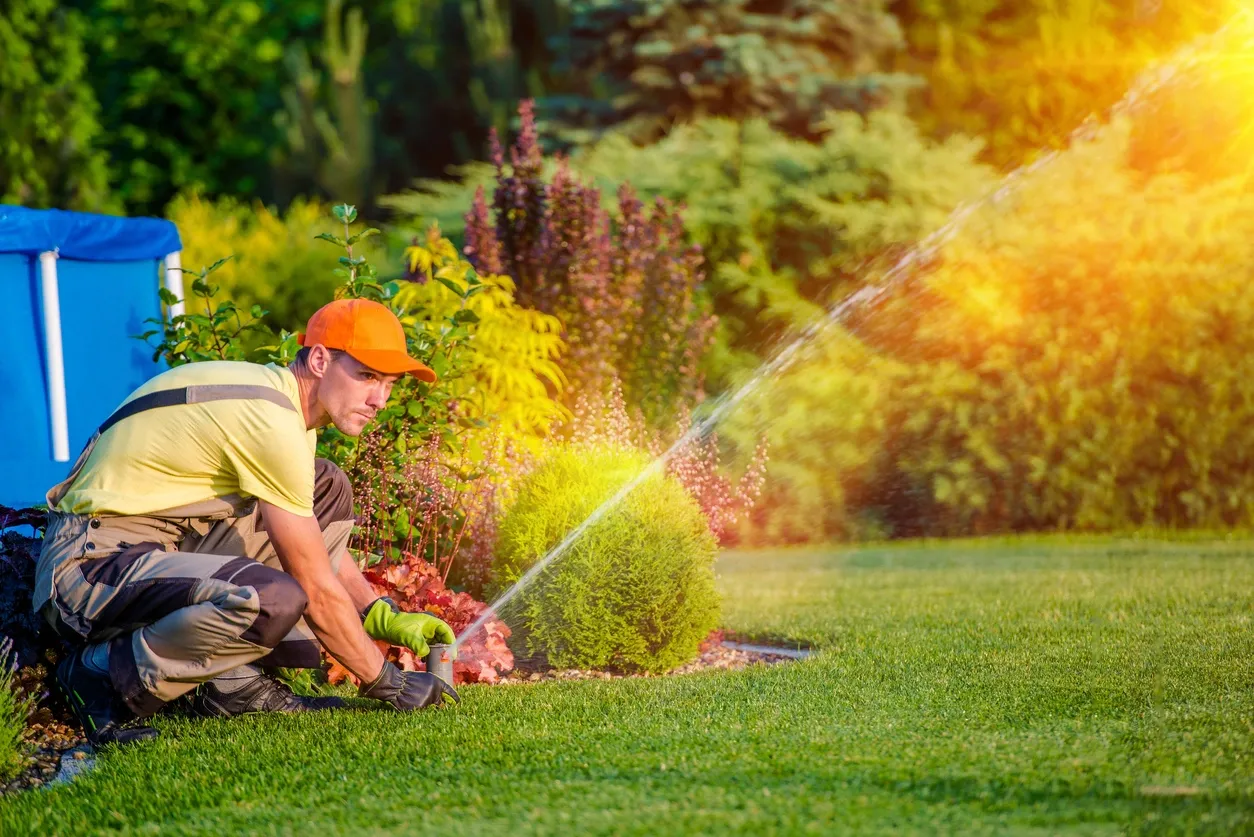

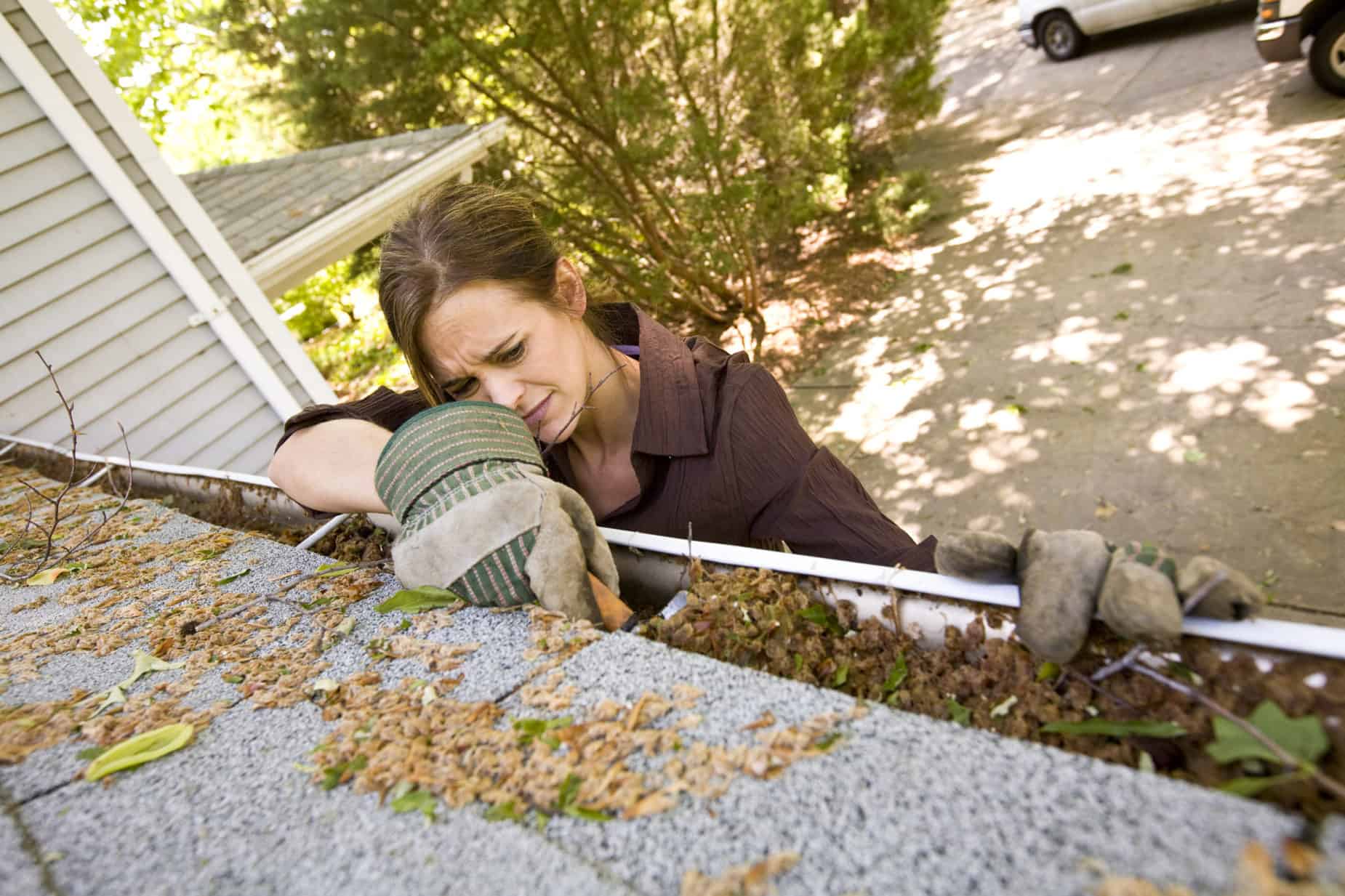

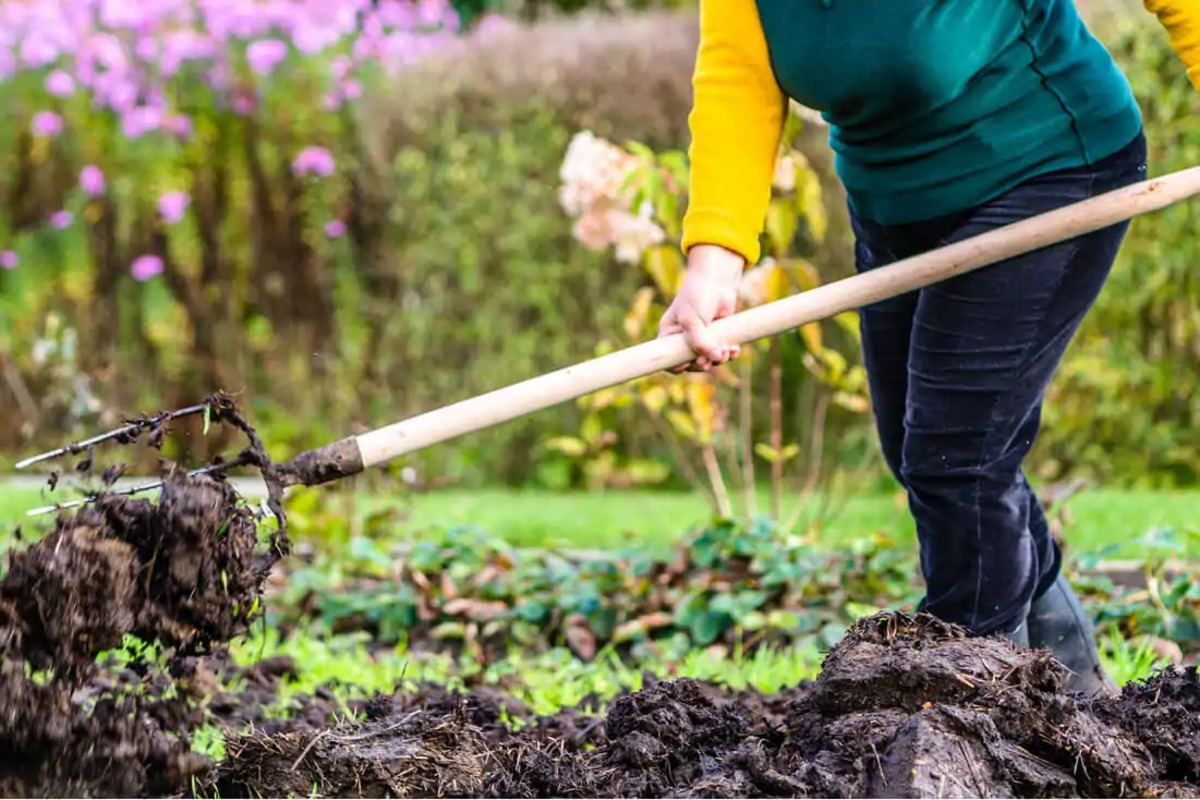
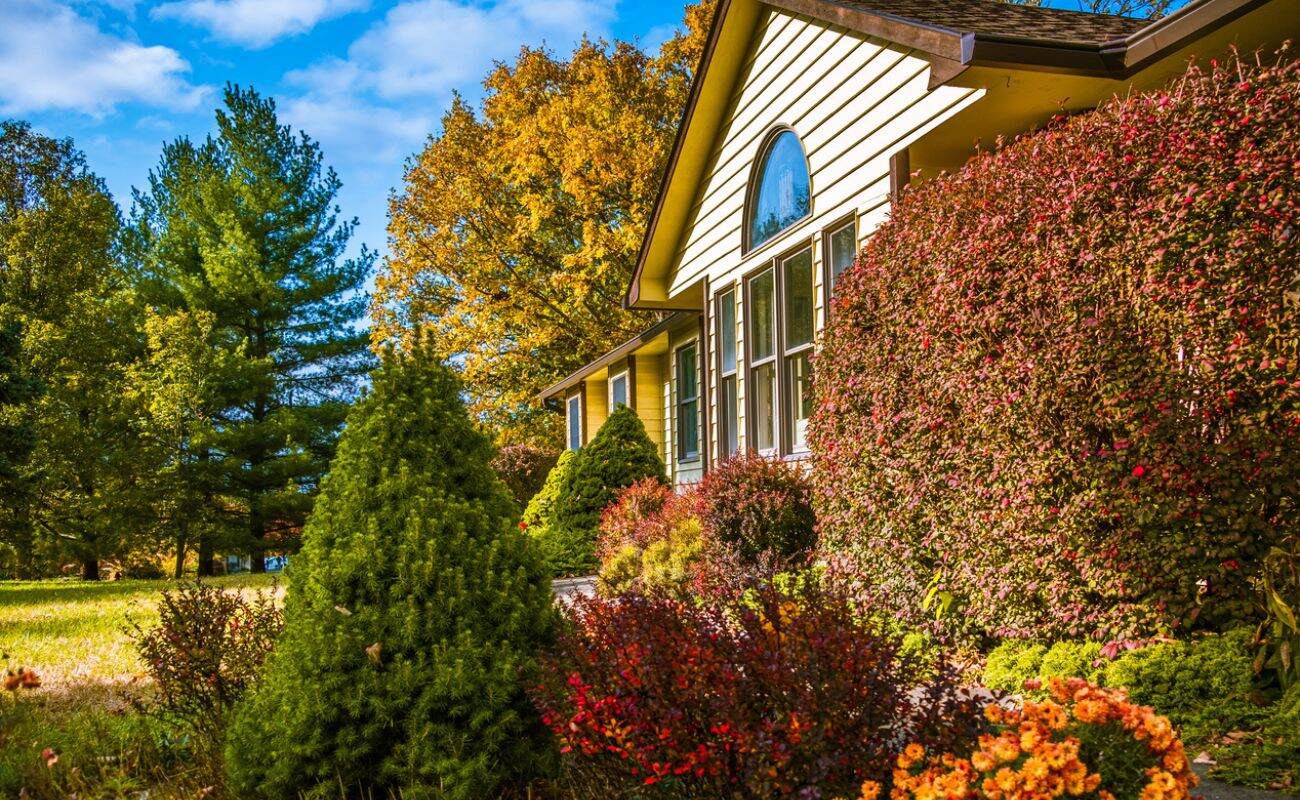


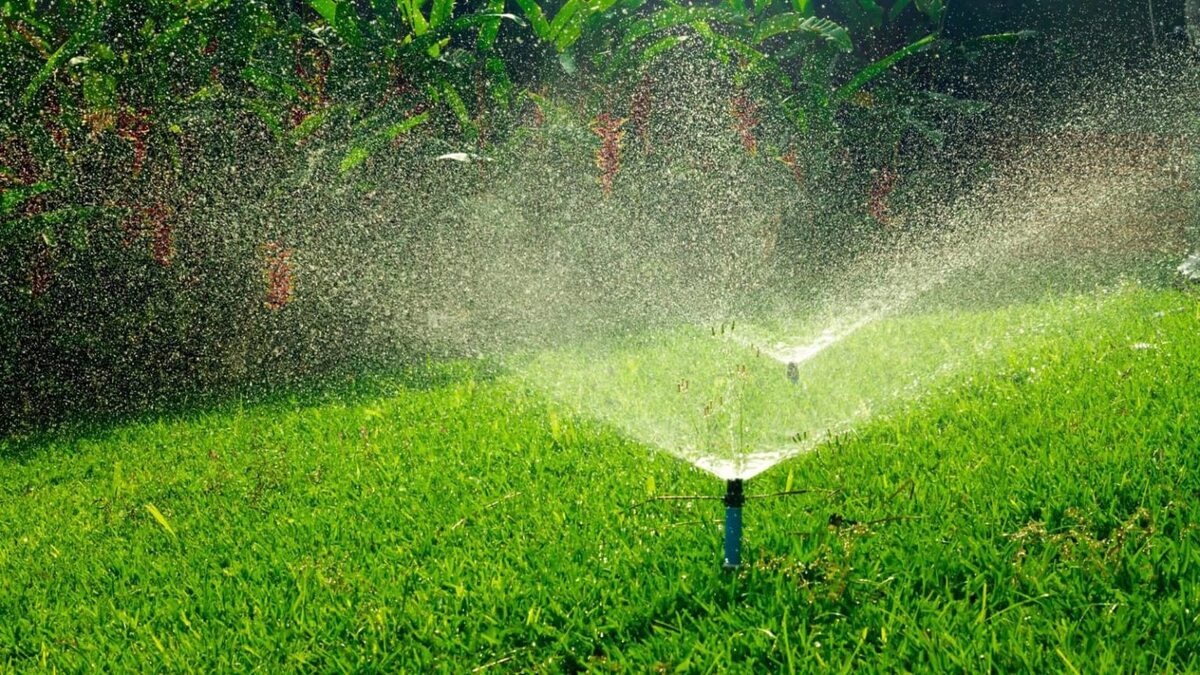
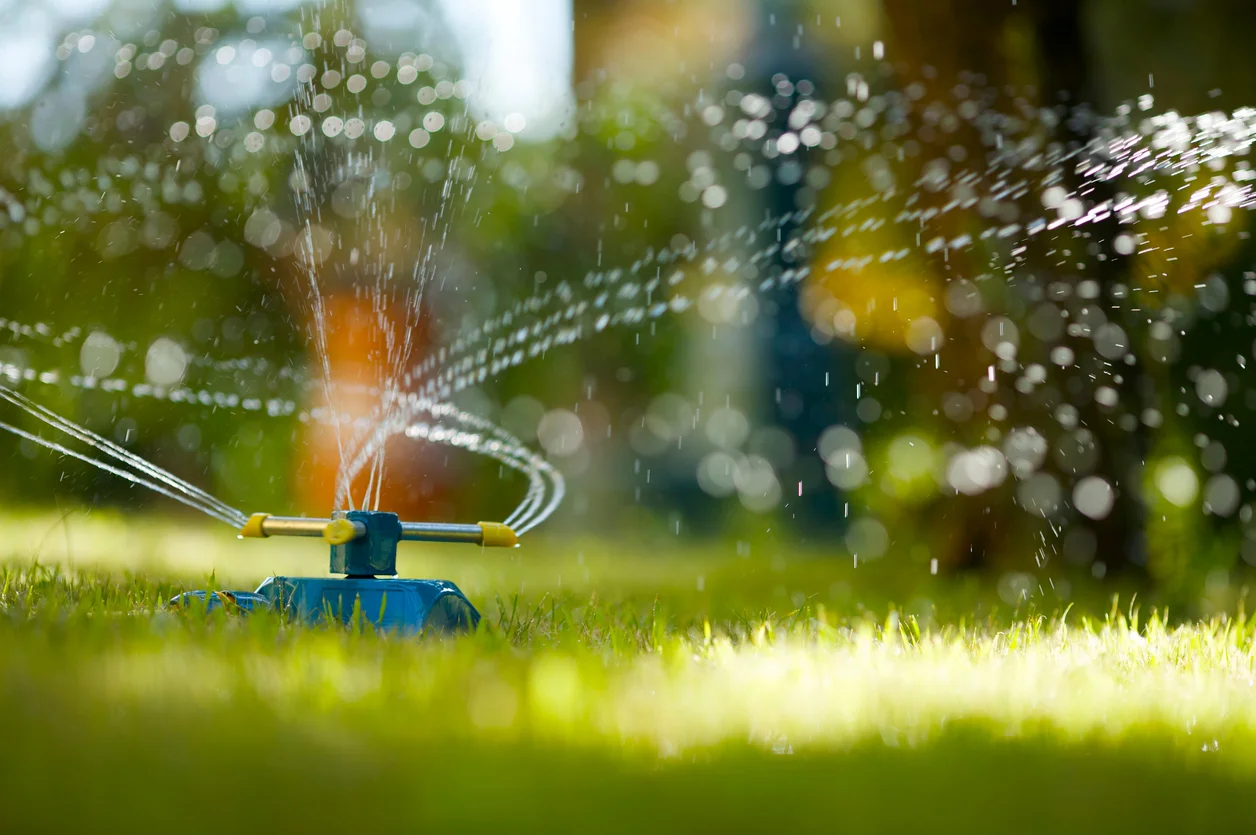


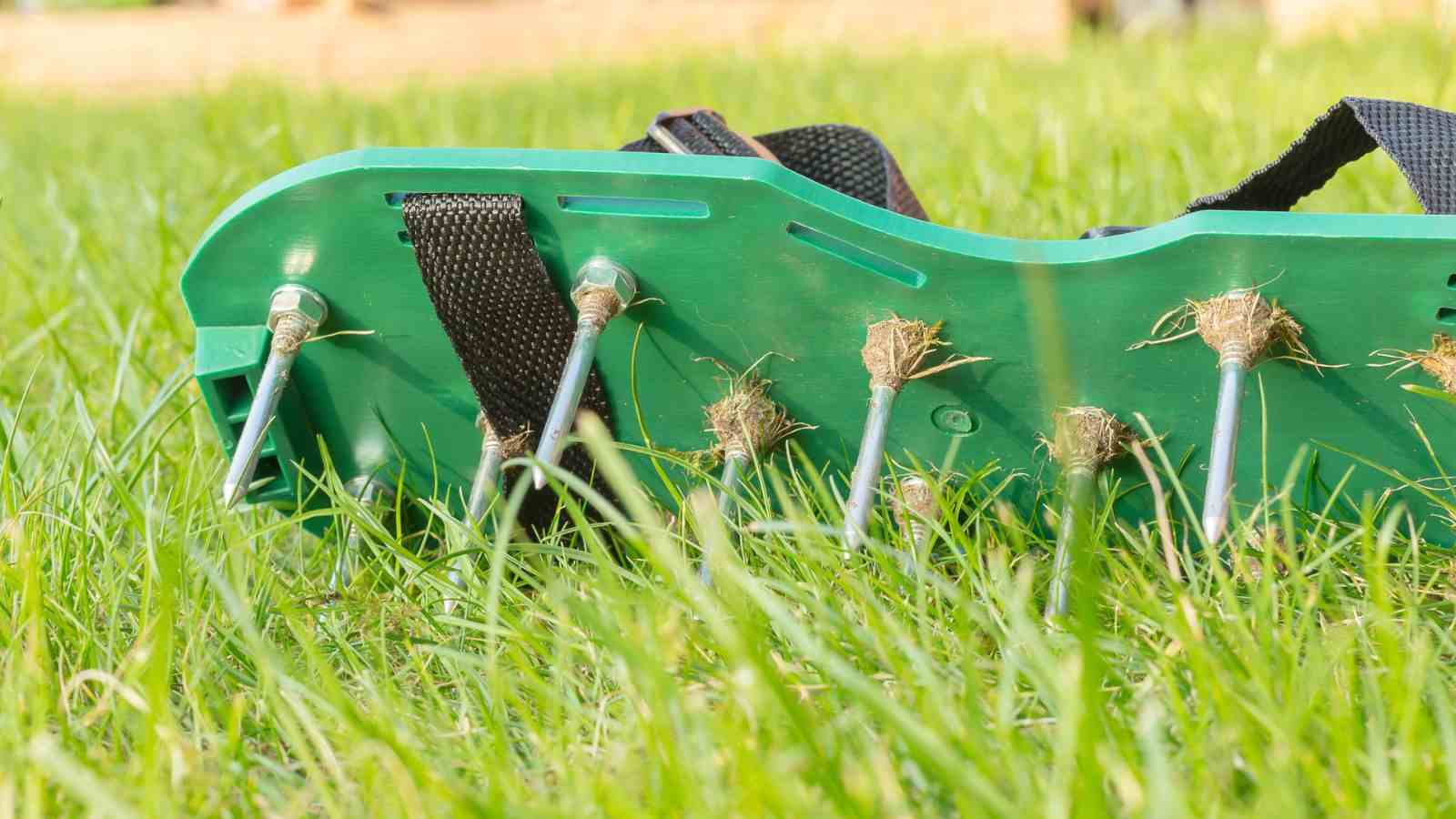


0 thoughts on “When Is Best Time To Water Garden”